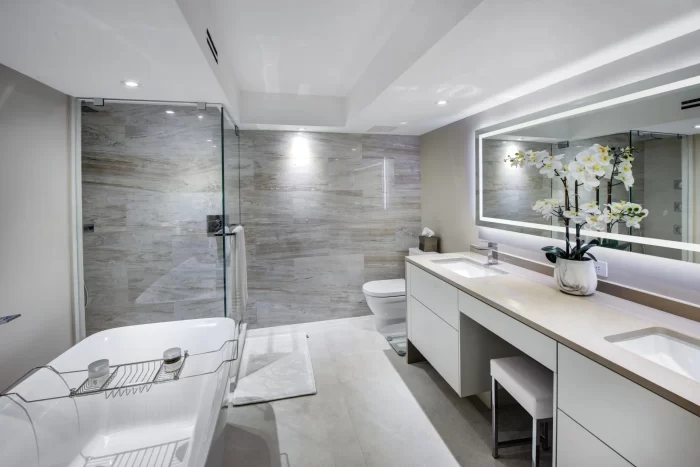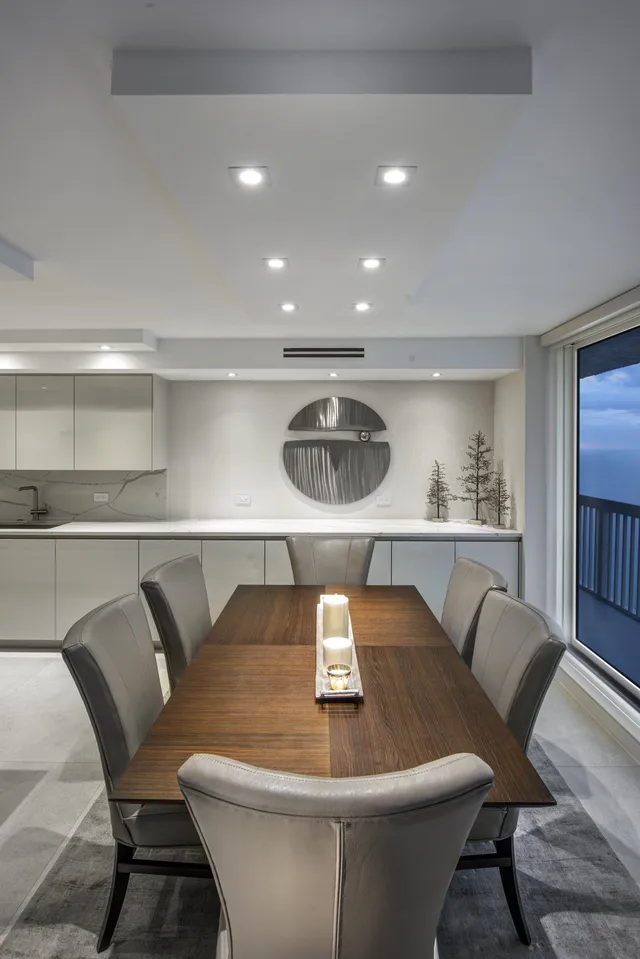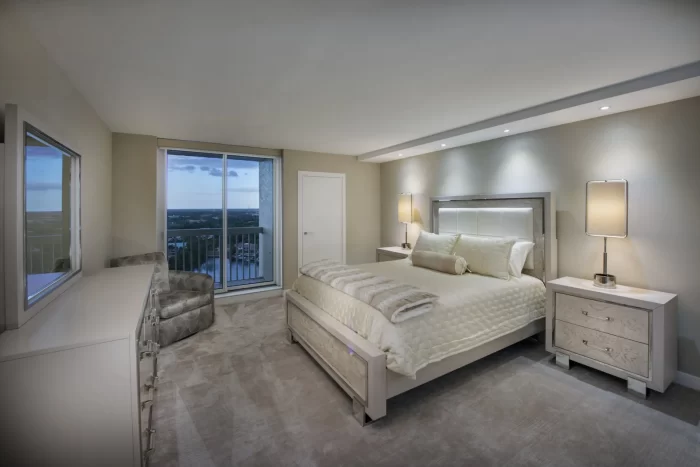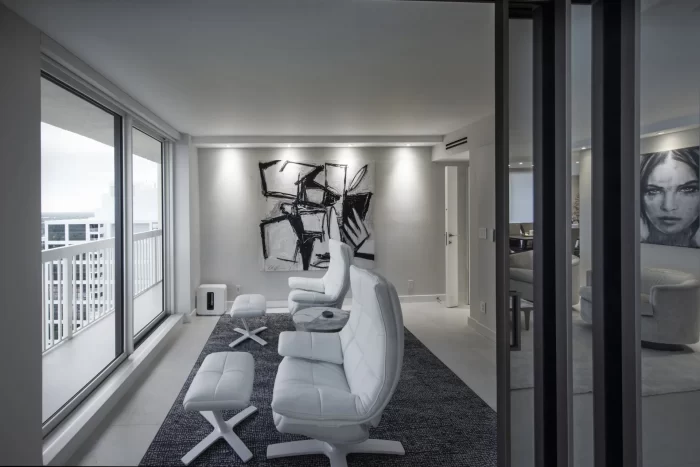The Intimacy of Art & Design
Audrey Healey • Sep 30, 2019
A Visual Harmony Lending Insight to the Personalities Inhabiting the Space
Like a robust handshake, a home ought to lend insight naturally. Traces of mood and character offering evidence as to the personalities inhabiting the space. This is accomplished most successfully at the intersection of art and design. The two do not merely coexist but should instead arouse a visual harmony through a shared intimate relationship. Discover below 6 ways to achieve the intimacy of art and design.
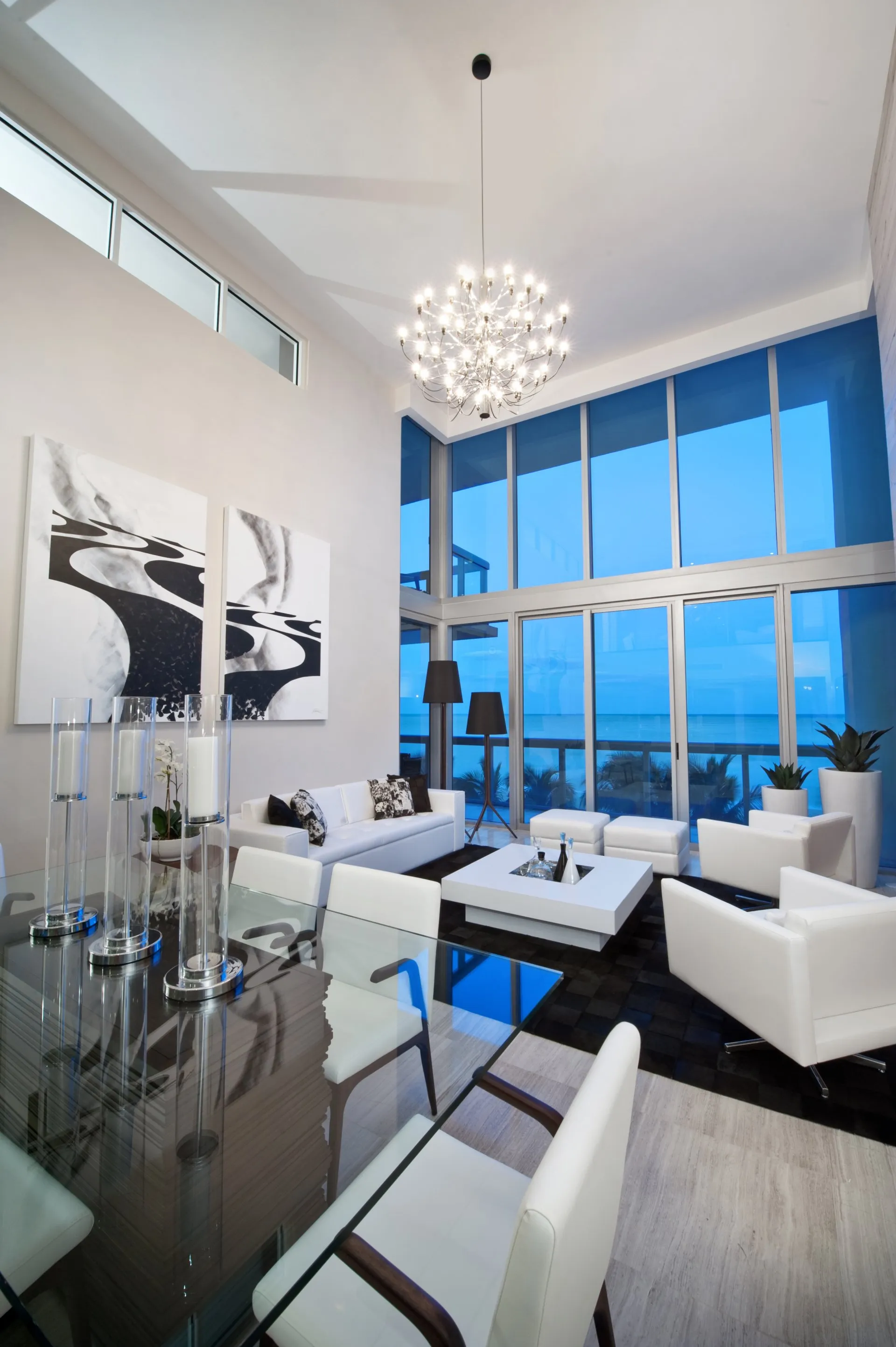
1. Color Palette
Perhaps the simplest way to integrate art and design is by deriving a color palette from the artwork. Here a classic contrasting palette is derived from two centrally located works. This contrast makes for a nice departure from the all-white palette we are so used to seeing. The result: a visual ombre used to draw the eye upward taking notice of the impressive ceiling height and adjacent view. This strategy is ideal for those who simply aren’t sure where to begin.

2. Functionality
Functionality ensures a practical approach to the integration of art and design. With thoughtful selection, the functional elements of a space become artistic focal points. This small bathroom uses sculptural lighting fixtures to capture the dimensionality of light and shadow in an artistic way. Continuing the manipulation of light, functional accent lighting beneath the cabinet and behind the mirror create a sense of weightlessness. When space or creativity is limited, derive an artistic aesthetic through functionality.
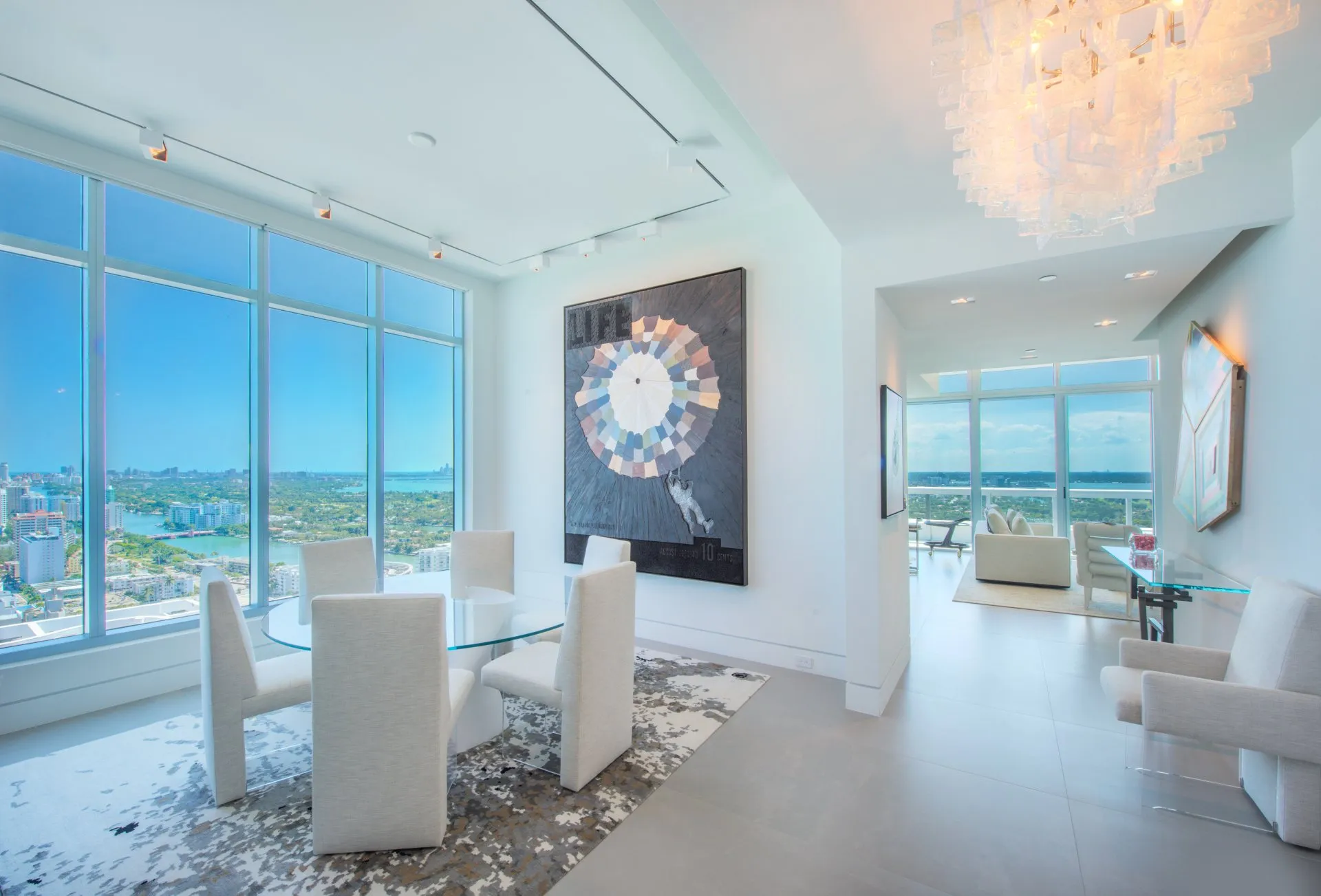
3. Nature
This space demonstrates the artistic use of nature as the protagonist of the design. While the expansive windows create the canvas, the view contrives the composition. The radiant natural light and strategic furniture placement work to promote scenic observation, while the white walls eliminate distraction and afford moments of rest for the eye. Although these views are undeniably rare to attain, every space offers opportunities for the integration of nature—think material selection and concept derivation.
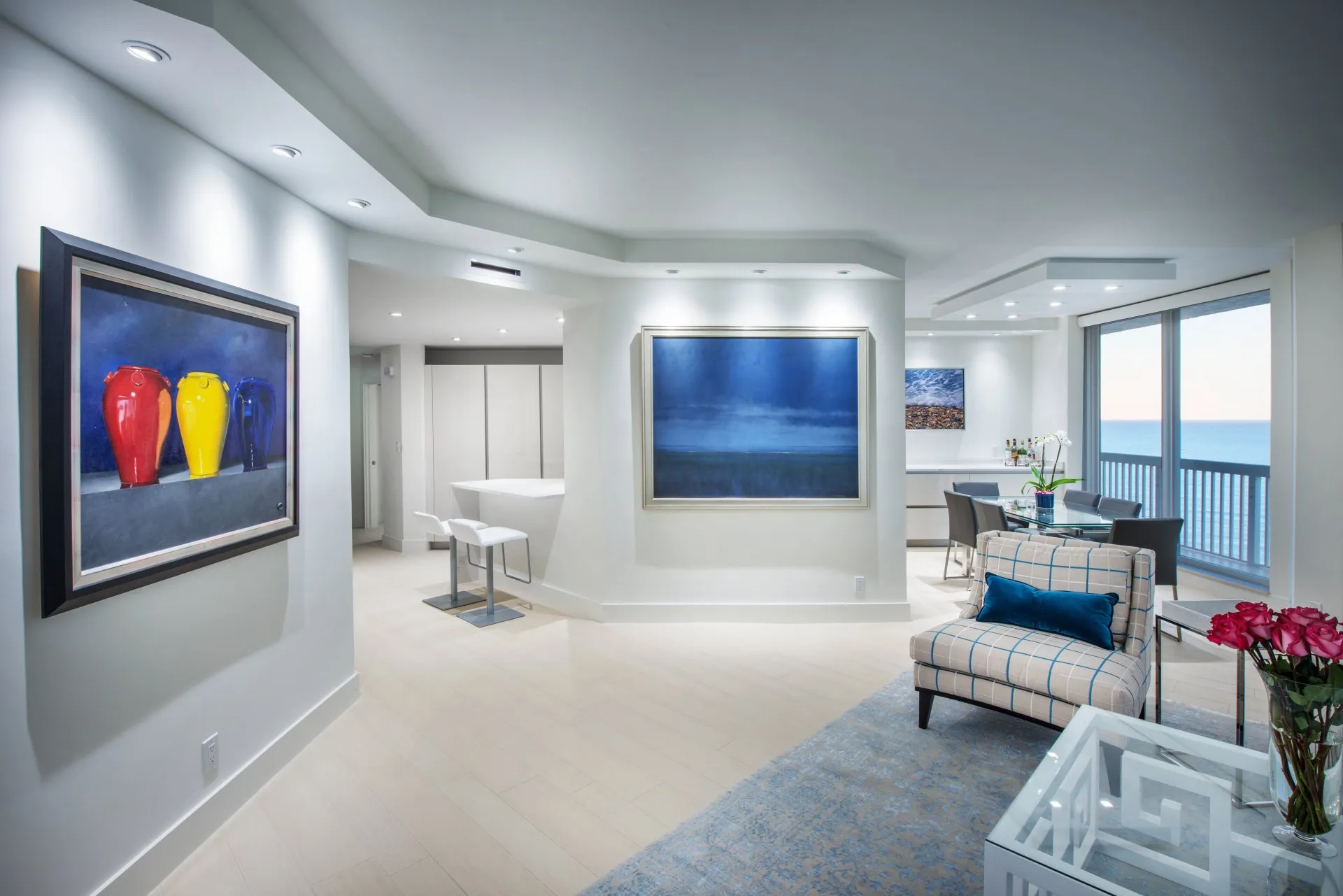
4. Intentionality
The next tactic for perfecting art and design interplay: intentionality. Though always critical in good design, intentionality is especially important when working with an expansive art collection. Here every aspect of the design—from furniture plan to reflected ceiling plan—is used to accentuate, rather than compete with, the artwork. Simplistic in plan and palette, the design permits the art to make a statement. This sort of cohesion is only present when there is intention behind every creative decision.
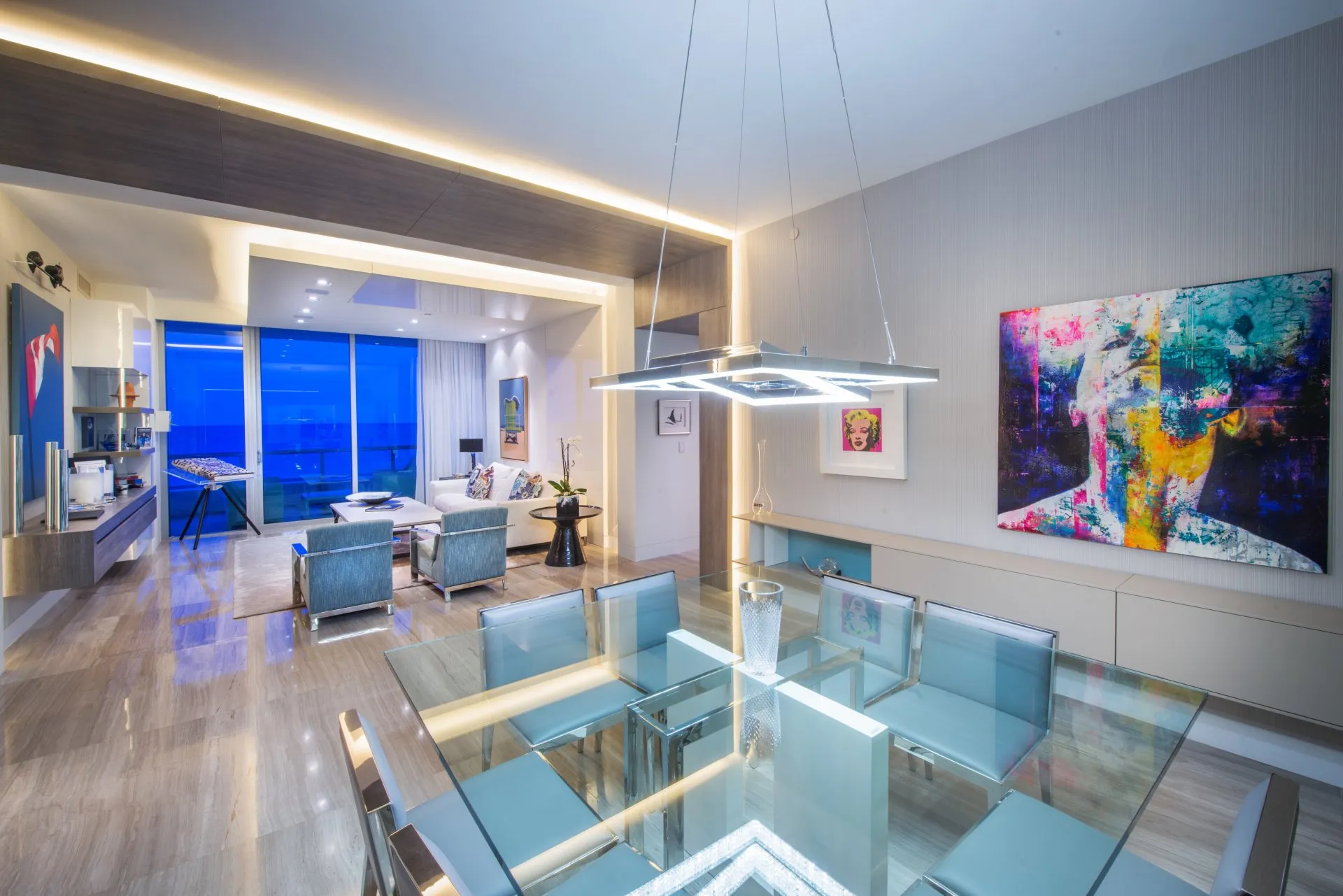
5. Energy
This space fuses the energy of both the design concept and the artistic style to inspire all who enter. Like a roadmap through the space, the viewers’ eyes are directed by the artistic illumination. As this illumination morphs into reflection, the attention shifts to a risky array of metallic finishes. Finally, this same level of energy is replicated in a singular dimension with a colorful canvas. Though arguably intimidating to some, this vibrant energy reveals the souls inhabiting the space without question.

6. Balance
The final and perhaps most challenging integration strategy: balance. Here twelve figurines command attention while perched on a deliberately illuminated display. This moment is carefully balanced by three extruding elements sitting opposite. Meanwhile, the cool design palette is offset by warm wooden and marble accents, inviting guests into the next space. Though featuring multiple artistic elements in one space can be a taxing balancing act, achievement will result in a beautiful harmony.
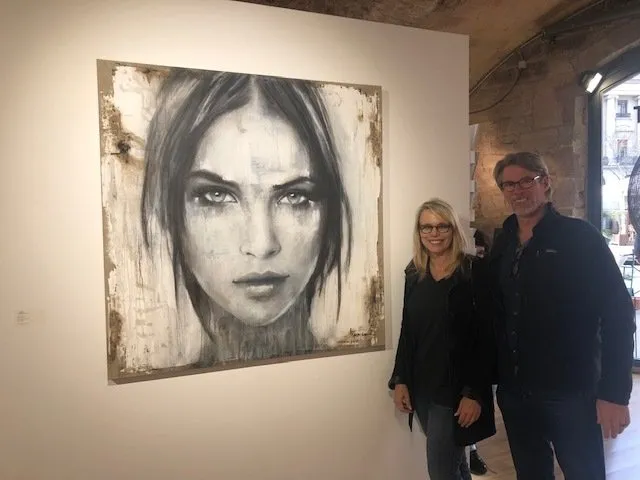
Pictured above, our clients’ authentic joy after spontaneously discovering Atelier Lieverse’s Giulia on the charming cobblestone streets of Barcelona. This piece is sure to evoke cherished memories for years to come.
Whether deriving a color palette or fostering strategic balance, there are endless strategies for achieving the intimacy of art and design. But ultimately, such visual harmony will be most effective when evidenced with personality. Strive to eliminate the arbitrary and infuse the authenticity. Rise above today’s standards of immediate gratification, and instead embrace the imperfection that is your continued development. In the words of Leonardo da Vinci, “art is never finished, only abandoned” and so too is true of your home.
By Audrey Healey

